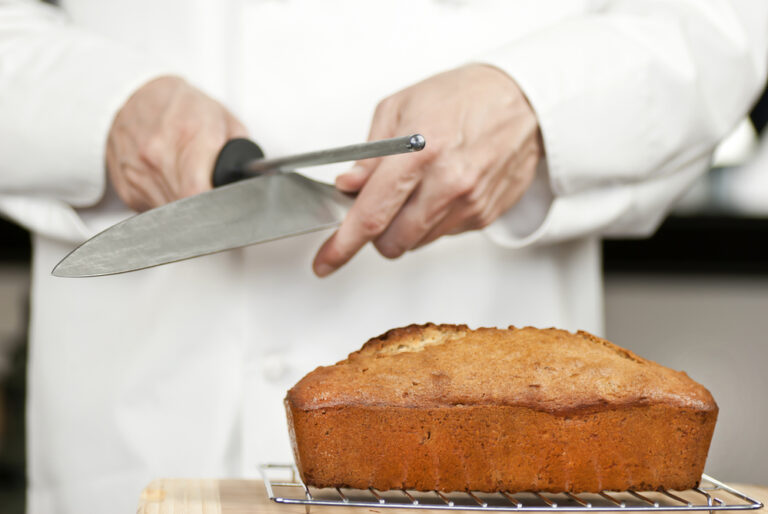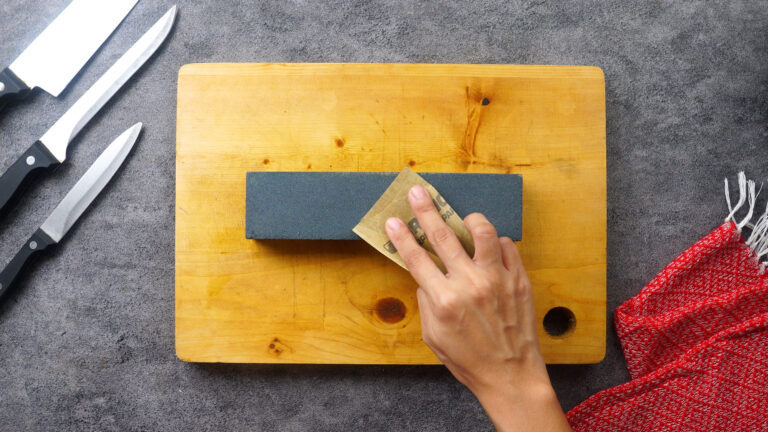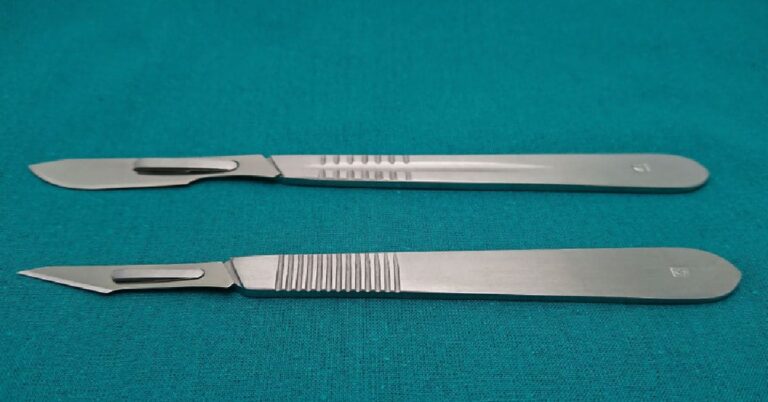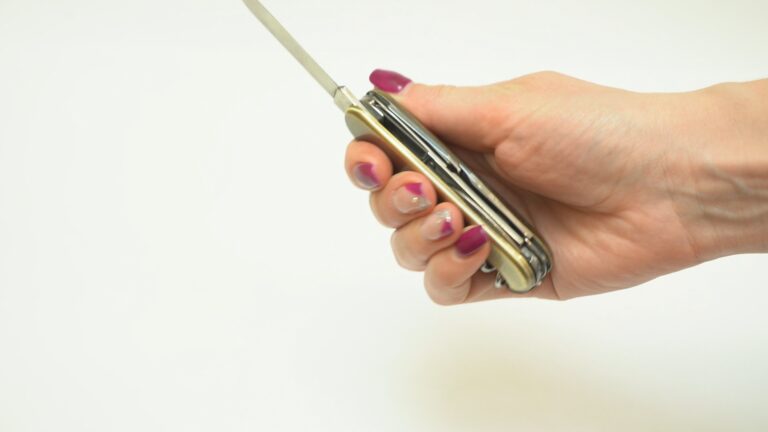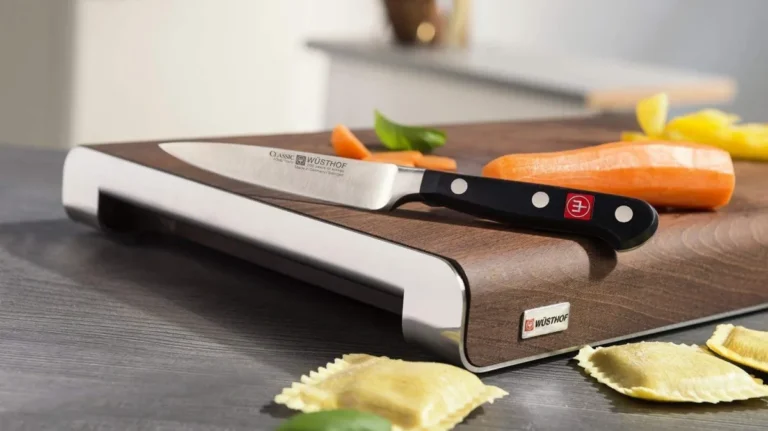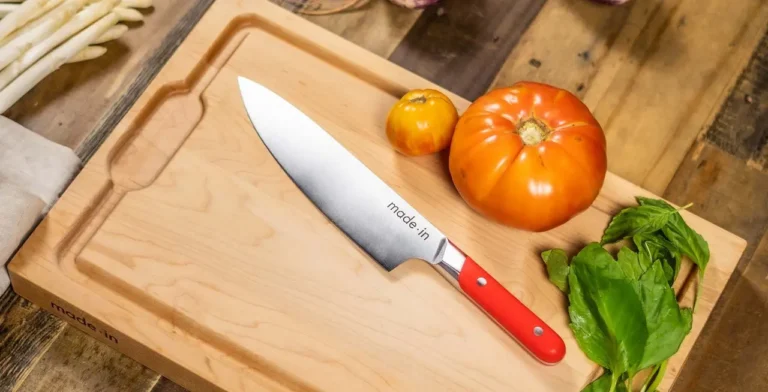Is 440C Steel Good For Knives?
440C stainless steel has carved a niche for itself in the knife-making industry. Known for its decent performance at an affordable price, it’s a favorite among many knife enthusiasts. With the highest carbon content in the 440 steel series, it boasts better hardness than its siblings, 440A and 440B.
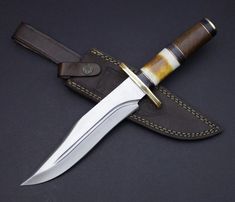
This steel is versatile, finding its way into kitchen knives, everyday carry (EDC) tools, and survival gear. However, like all materials, it has its strengths and weaknesses. Let’s delve into the specifics of 440C steel.
What is 440 Stainless Steel?
440 stainless steel is a member of the 400 series. This type of steel is common in various knives. This includes kitchen knives, hunting knives, and pocket knives. It has molybdenum in it.
This element boosts its toughness. It also helps the steel resist corrosion. But there’s a downside. The steel tends to lose its sharpness fast. So, you’ll need to sharpen it often. Also, it can show rust and stains. This means you need to clean and care for it regularly.
Also Read: Best Steel For Kitchen Knives
What is 440C Stainless Steel?
440C stainless steel is a superior variant of the 440 steel. It stands out because of its higher carbon content. This extra carbon makes the steel harder. It also makes it tougher than regular 440 steel. One big advantage is its edge retention.
A 440C blade can stay sharp for a very long time. But there’s a trade-off. Its high hardness can make sharpening a bit challenging. Despite this, it’s a popular choice. Many choose it for high-end hunting knives and tactical knives. It’s also used in making quality industrial bearings.
Composition of 440C Steel
- Carbon: 0.95% – 1.20%
- Chromium: 16.00% -18.00%
- Manganese: 1.00%
- Molybdenum: 0.75%
- Silicon: 1.00%
- Phosphorus: 0.04%
- Sulfur: 0.03%
Applications
440 stainless steel has diverse uses. It’s a top pick for making cutlery. People also use it for balisong (or butterfly) knives and hunting knives. Beyond knives, this steel is in surgical tools, springs, and valves. Meanwhile, 440C stainless steel has its special places. It’s chosen for crafting high-quality blades.
The aerospace, military, and medical sectors use it for bearings and bushings. Its hard nature and resistance to rust make it a favorite. Custom knife makers often prefer 440C for their premium creations.
Also read our best guide, Steel Vs. Ceramic Knife
How Does 440C Steel Fare as a Knife Material?
Hardness
440C steel usually falls within a hardness range of 58 to 60 HRC. Its carbon content, paired with elements like molybdenum and chromium, gives it this hardness. Additionally, manganese helps in reducing its brittleness, ensuring a sturdy knife blade.
Edge Retention
440C offers decent edge retention, especially for occasional users. Its hardness is commendable, but it’s not the hardest out there. Continuous, heavy-duty use might demand frequent sharpening due to its large carbide volume. However, for the average user, it provides a satisfactory cutting experience.
Wear Resistance
This steel offers commendable wear resistance, thanks to its rich carbon and chromium content. While it’s not the top performer in this category, it’s more than adequate for most knife applications. While high wear resistance can make sharpening a chore, 440C strikes a balance, ensuring longevity without being too tough to maintain.
Toughness
While 440C excels in hardness and wear resistance, it doesn’t shine as much in toughness. It’s decent for general-purpose knives but might not be the best choice for heavy-duty tasks. Elements like manganese and silicon enhance its toughness, but it remains a mid-tier steel in this aspect.
Sharpening and Sharpness
Sharpening 440C steel is a breeze, even for novices. Its large carbides facilitate quick sharpening. However, its edge might be a bit rougher than some premium steels, making it excellent for tasks like cutting through thick-skinned vegetables but less ideal for delicate slicing.
Corrosion Resistance
440C steel is genuinely stainless, but its corrosion resistance heavily depends on the heat treatment process. It’s essential to source knives from reputable makers to ensure longevity. With balanced chromium levels, it’s resistant to rust, especially if stored properly after use.
Pros and Cons of 440C Steel
Pros:
- Reliable edge retention
- Satisfactory wear resistance
- Good corrosion resistance
- User-friendly sharpening
Cons:
- Limited toughness
- Not the sharpest edge
440c Steel vs. Other Stainless Steel Alloys
When we stack 440c steel against other stainless steel alloys, its distinct characteristics emerge. Yet, some alloys might outshine 440c in specific areas. Here’s a brief comparison:
S30V: This is powder-formed steel that surpasses 440c in hardness. It retains its edge longer and boasts superior toughness. However, sharpening S30V can be a challenge. In terms of corrosion resistance, both alloys are almost on par due to their comparable chromium content.
D2: Recognized as a premium steel type, D2 offers enhanced edge retention and toughness compared to 440c. But where 440c shines is its corrosion resistance, attributed to its rich chromium content. Additionally, sharpening 440c is more straightforward than D2.
VG10: VG10 stands out for its impressive edge retention, outperforming 440c. But 440c fights back with better corrosion resistance and easier sharpening capabilities. In terms of toughness, 440c has an edge, and when it comes to resisting corrosion, they’re nearly neck and neck.
Frequently Asked Questions
1. What is 440c stainless steel?
440c stainless steel is a high-carbon stainless steel known for its hardness, toughness, and resistance to wear and corrosion.
2. Is 440c stainless steel good for knives?
Yes, 440c is a popular choice for knives due to its hardness and edge retention. It’s especially favored for high-end hunting and tactical knives.
3. How does 440c compare to other stainless steel alloys?
While 440c offers good hardness and corrosion resistance, other alloys like S30V and D2 might have better edge retention. However, 440c typically has better corrosion resistance and is easier to sharpen than some other alloys.
4. Does 440c stainless steel rust easily?
440c has good corrosion resistance due to its high chromium content. However, like all steel, if not properly cared for, it can rust. Regular cleaning and maintenance can prevent this.
5. Is 440c stainless steel hard to sharpen?
While 440c is harder than some other steels, making it slightly more challenging to sharpen, it’s still manageable with the right sharpening tools.
6. What’s the difference between 440a and 440c stainless steel?
The primary difference lies in their carbon content. 440c has a higher carbon content, making it harder and more durable than 440a.
7. Is 440c stainless steel magnetic?
Yes, 440c stainless steel is magnetic due to its ferritic structure.
8. Where else is 440c stainless steel used, apart from knives?
440c is also used in bearings, bushings, and certain medical instruments due to its hardness and corrosion resistance.
9. How do I care for my 440c stainless steel knife?
Clean the blade after use, dry it thoroughly, and store it in a dry place. Periodic sharpening will also help maintain its edge.
10. Is 440c stainless steel expensive?
440c is more expensive than some other stainless steels like 440a. It’s generally more affordable than high-end alloys like S30V or VG10.
Final Thoughts
440C steel offers a balanced performance for its price point. It’s an excellent choice for those seeking a durable knife that retains its edge and is easy to maintain. While it might not be the top performer in every category, its overall performance makes it a worthy contender in the knife market. If you’re considering 440C for your next knife project, reach out to us for a diverse range of steel options and tailored services.

